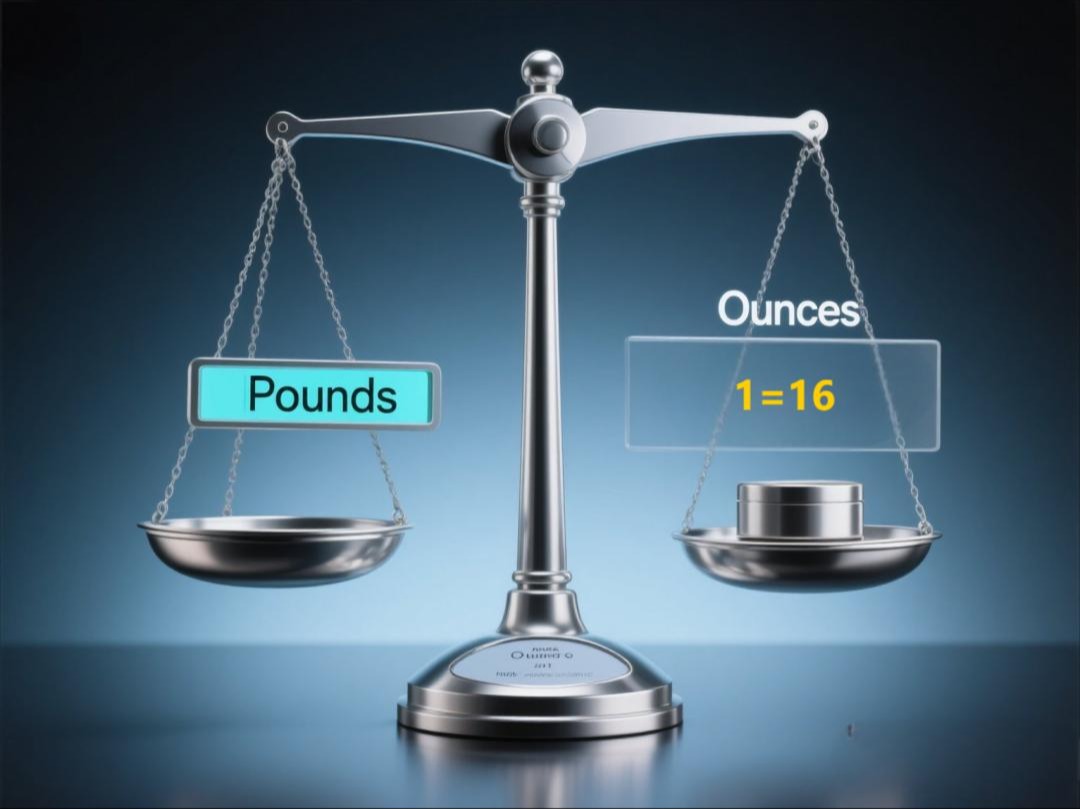Getting faster as a runner isn’t just about raw speed—it’s about strategy, consistency, and understanding how your body responds to training. If you’ve hit that point where finishing a race isn’t enough anymore and you’re itching to shave minutes off your PR, you’re in the right place. Speed isn’t magic; it’s science mixed with sweat, and the good news is, anyone can improve with the right approach.
The Foundation: Building a Strong Base
Before you start chasing faster splits, you need a solid foundation. Think of your running fitness like a house—if the foundation is shaky, everything else crumbles. Base mileage is key. You can’t expect to drop your pace if you’re barely logging consistent miles. Start by increasing your weekly mileage gradually—no more than 10% per week—to avoid injury. Slow, easy runs should make up the bulk of your training. Yeah, they might feel boring compared to sprinting, but they’re building the endurance you’ll need to sustain faster paces later. And don’t skip strength training. A strong core, glutes, and legs aren’t just for show—they help you maintain form when fatigue kicks in, which is when most runners start slowing down.
Speedwork: The Secret Sauce
If easy runs are the bread and butter of training, speedwork is the spice. Tempo runs, intervals, and fartleks (yes, that’s a real term) are your best friends here. Tempo runs teach your body to sustain a comfortably hard pace—think "I could say a few words but not recite the alphabet" effort. Intervals, on the other hand, are short bursts of high-intensity running followed by recovery. They improve your VO2 max, which is basically your body’s ability to use oxygen efficiently. And fartleks? They’re the playful cousin of intervals—unstructured bursts of speed mixed into a regular run. These workouts train your body to handle faster paces without frying your nervous system. Just remember: speedwork is demanding, so don’t do it more than twice a week. Your body needs time to recover and adapt.
Form Matters More Than You Think
Ever seen a runner with flailing arms or a hunched back? That’s wasted energy. Small tweaks to your form can make a big difference in efficiency—and speed. Focus on landing midfoot, not heel-striking, to reduce braking forces. Keep your arms at a 90-degree angle, swinging forward and back (not across your body). Relax your shoulders and keep your posture tall. Imagine a string pulling you up from the top of your head. Good form isn’t just about looking pro—it’s about moving economically so you don’t burn out before the finish line. If you’re not sure about your form, film yourself running or get a gait analysis at a specialty running store.
Recovery: The Unsung Hero of Speed
Here’s the hard truth: you don’t get faster during workouts. You get faster during recovery. Pushing hard every day without rest leads to burnout or injury, not PRs. Rest days are non-negotiable. Sleep is when your body repairs muscle tissue and consolidates gains, so skimping on it is like throwing away progress. Active recovery—like easy cycling or yoga—can also help keep blood flowing without stressing your joints. And don’t forget about nutrition. Carbs fuel your runs, protein rebuilds your muscles, and hydration keeps everything running smoothly. Treat recovery as seriously as your workouts, and you’ll see the payoff in your pace.
Race Smarter, Not Just Harder
Even with perfect training, poor race strategy can sabotage your speed. Start conservatively—it’s tempting to bolt out of the gate, but going too fast early drains energy you’ll need later. Negative splits (running the second half faster than the first) are the gold standard. Practice pacing in training so you know what your goal pace feels like. And don’t underestimate the mental game. When fatigue hits, your brain will scream at you to slow down. Train yourself to push through discomfort by incorporating mantras or visualization. Remember: everyone hurts in a race. The difference between a PR and a near-miss is often just who can handle the hurt better.
Getting faster isn’t about overnight miracles—it’s about stacking small wins over time. Celebrate the progress, even if it’s just a few seconds per mile. Every runner’s journey is different, but the principles of consistency, smart training, and patience apply to everyone. So lace up, trust the process, and watch those finish times drop.
























